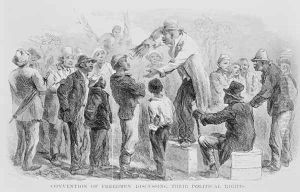John Karst Paintings
John Karst was a German-American artist known for his work as a panorama painter. Born on March 10, 1836, in Osterode am Harz, Germany, Karst immigrated to the United States in the mid-19th century and became a part of the American art scene during a time when large-scale panoramic paintings were a popular form of entertainment.
Karst's early life in Germany is not extensively documented, but it is known that he received training in art and was influenced by the European tradition of panorama painting, which was a significant phenomenon in the 19th century. These massive works of art were designed to be displayed in circular buildings and were often toured to various cities to reach a wide audience.
After settling in Milwaukee, Wisconsin, Karst collaborated with other artists to produce panoramas, which were also known as cycloramas. These collaborative works often depicted significant battles or historical events and were intended to immerse the viewer in the scene. One of Karst's most notable works was his contribution to the creation of the Atlanta Cyclorama, which depicted the Battle of Atlanta from the American Civil War. This cyclorama was one of the largest in the world at the time and is still extant, though it has been relocated and restored several times.
Throughout his career, Karst worked on several other panoramas and was known for his skill in creating lifelike figures and landscapes that conveyed the drama and scale of historical events. Despite the decline in the popularity of panoramas towards the end of the 19th century, Karst continued to work as an artist and contributed to the artistic heritage of the United States.
John Karst passed away on January 30, 1922, in Milwaukee. While his name may not be as widely recognized as some of his contemporaries, his contributions to the art of panorama painting remain an important part of the history of American art. Today, Karst's work can be appreciated in the context of the cultural and technological developments of his time, and his panoramas are remembered as ambitious projects that captivated the imaginations of their viewers.
